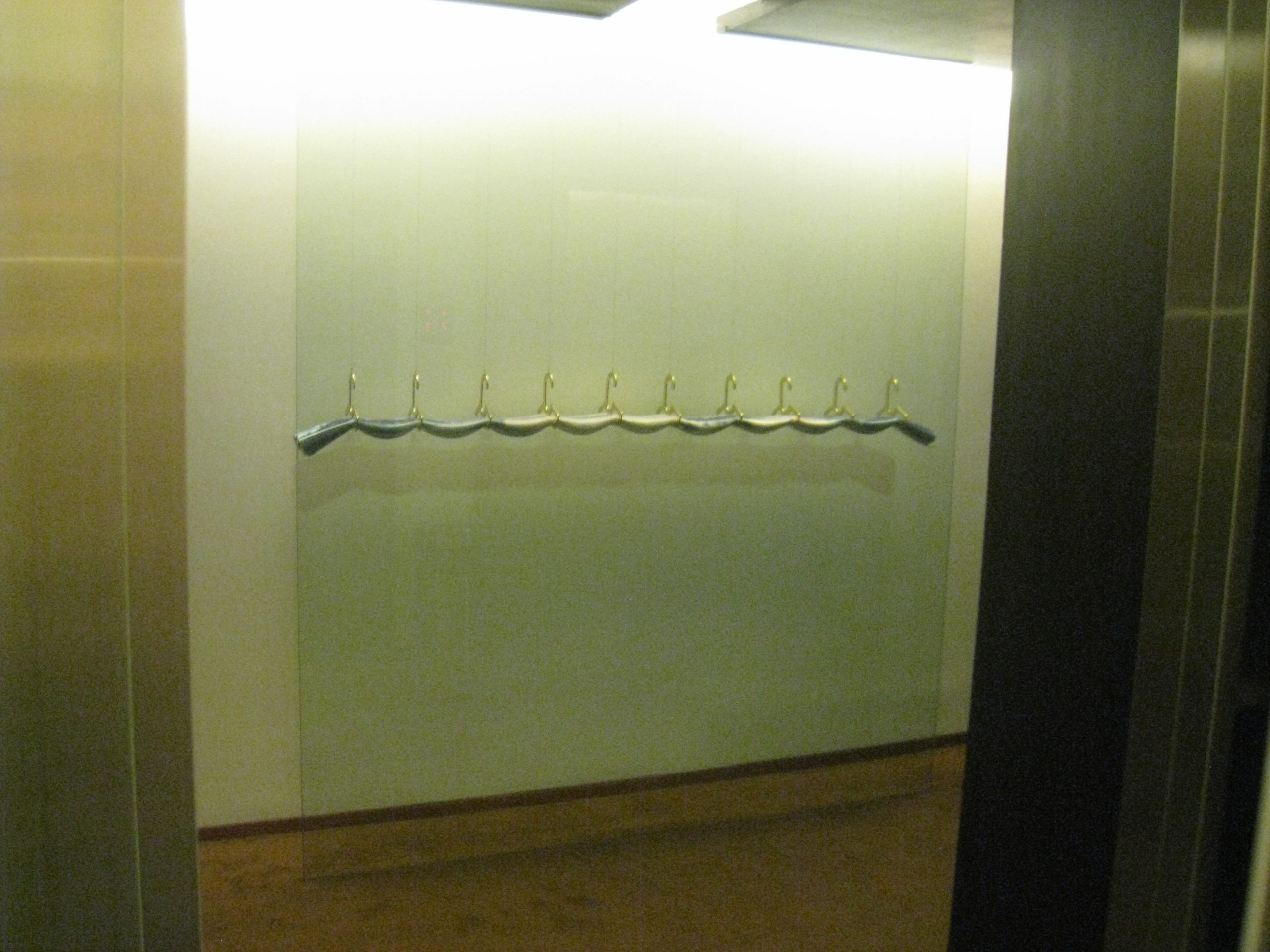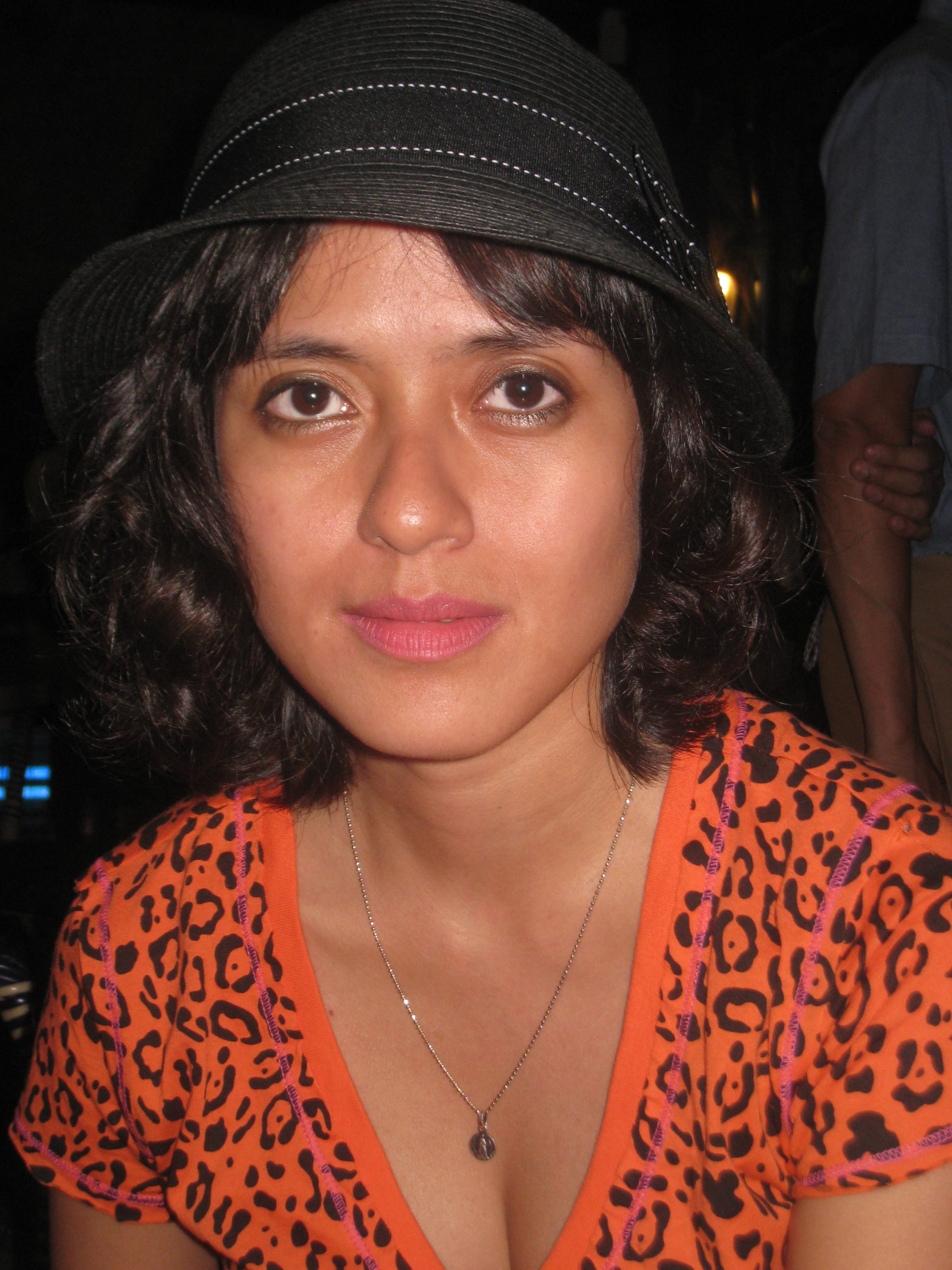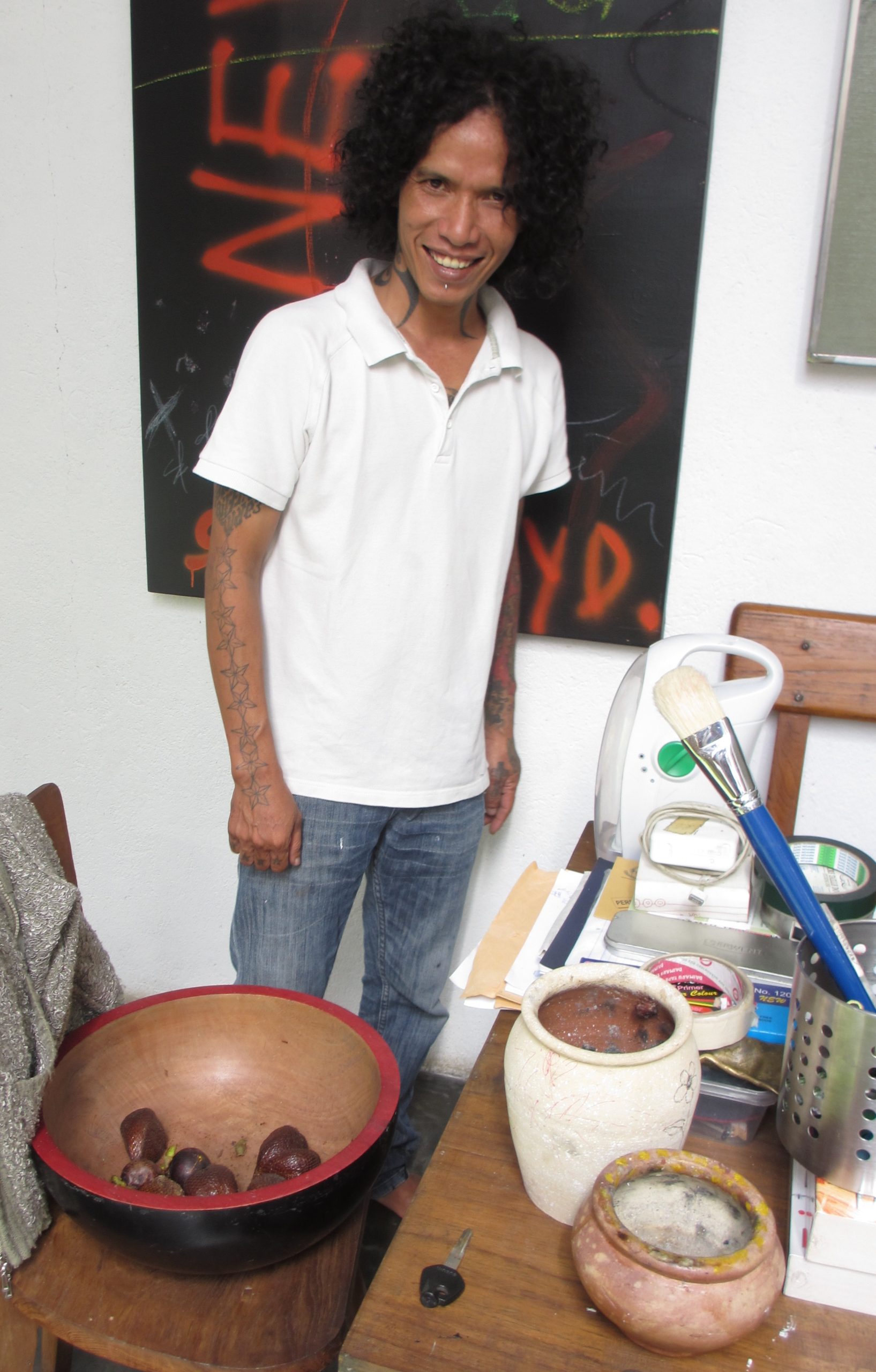Angels that visit in your sleep
A night in November 2015
What do you do when you can’t get to sleep?
You toss.
You turn.
You pummel the pillow to make it more comfortable.
You get up and adjust the AC.
You wander off to the fridge and drink some juice.
You settle down again.
Still can’t sleep.
Wander back to kitchen and pour yourself a whisky.
Check the late night news as you sip it.
Go back to bed.
And try and get to sleep by making a list,
Boring yourself to sleep, basically.
I really like making lists.
All the artists whose name begins with R; Rembrandt, Raeburn. Romney, Remington, Rothko, Rubens, Rosso, Rosso Forientino….
All the Swiss artists you can think of: Fuseli, Hodler, Pipilotti Rist, Scherer, Cuno Amiet, Urs Graf, Martin Disler, Thomas Hirschorn…..
All the Filipina artists I know: Geraldine, Wawi, Yasmin, MM, Nona, Jeona, Nikki, Ringo, Elaine…
It normally works: you rarely finish the list.
But it isn’t lists that really matter:
It is the strangeness of particular art experiences which come floating back again as memories once you enter that liminal state between consciousness and sleep.
Those experiences that James Joyce described as epiphanies.
“Its soul, its whatness, leaps to us from the vestment of its appearance. The soul of the commonest object, the structure of which is so adjusted, seems to us radiant. The object achieves its epiphany,” he wrote in Stephen Hero, Chapter XXV.
These radiant angels of the night are the memories of when and where artworks or environments have taken over, entering your consciousness like god speaking to the magi, or like Gabriel bursting into the room.
(By the way, I love this Annunciation by Lorenzo Lotto. Such an urgent, imperious archangel Gabriel, such a scared but devout Mary, such a bustling God and such a great cat running away.)
Rothko is the name that would often bubble up in this discussion now.

Lorenzo Lotto. Annunciation, 1534
I have been to the chapel in Houston and it is a wonderful place, so gloomy, so dark, so melancholy. It is without doubt the best funeral parlour in the world, but where he got me was back in the 1980s when I had arranged to meet someone in the last room of a retrospective of Rothko at the Tate then. She was late so I sat there a long time reading the catalogue until the paintings began unexpectedly to affect me – they worked on me even though I wasn’t consciously looking… Perhaps because I was not consciously looking. I was taken away by them. Yes, it was somewhat sombre, but it imbued a sense of contentment, of grace.
Rembrandt’s Return of the Prodigal son. It took my breath away in 1981 when I went to the USSR and saw it in the Hermitage. It is the humanity of it, the father accepting back the wastrel son and the way it is conceived as figures and faces emerging in the dark. The clumsy hands. The threadbare garments. Faces in the dark.
The same trip, the same museum but a very different epiphany: Matisse. Not just The Dance but also Music, the companion painting on the opposite wall. The girls dance, the boys sing. And in between, a small, intense painting about the colour red. It was of a woman in an interior, but it was about the colour red and the way it shines and sings. It was the complete experience. Painting has to be installed right to really work.
And in the right place. The journey to see something is part of the experience. People talk of the Piero experience as a pilgrimage. Yes. You drive for hours through country to get to see the one painting by Piero della Francesca – the Madonna del Parto in Monterchi. I went in the 1980s. It was wonderful. The painting was in an old church next to a cemetery. It had been moved from a part of the church that had been destroyed and it had lost its old margins – it was a fresco. But it was still beautiful… and peaceful… and humble. But I went again maybe 15 years ago and it had been moved to a special museum funded by Olivetti with lots of audio-visual explanations and a gift shop and it was behind bulletproof glass… there was no aura left… conserved, preserved and dead.

Rembrandt. The Return of the Prodigal Son, detail, 1669.
What of this region we live in? I can think of three occasions when something happened like this.
Firstly when I went to – of all places! – Novotel in Bandung. Handiwirman had made a sculpture for each floor of the hotel based on the sort of things you see in hotel rooms – coat hangers, radiators, towels, taps…. It was not so much witty as delicately done. Fingertip precision. A sense of how the most banal thing could be transformed into something strange and beautiful. That can be when an artwork becomes an event in your experience – like a song floating over the meadows or the evening sun setting fire to all the clouds: orange, red, purple, to darkness.
An experience of Agus Suwage’s Pause replay when I saw it at his retrospective in 2009 was equivalent but very different. In a way it is an intellectual work examining the West from the East, performance art from the viewpoint of a painter. But the facture – the way it is made – the lyricism of the watercolours makes it. I was absorbed for I don’t know how long – of course, part was the fun of spotting what I recognised, but there was something else – what Rilke would call “praise” in the way he depicted all these people, performance artists, doing odd things.

Handiwirman Sapoutra. Sculpture in Novotel, Bandung.
And sometimes this can happen in the most unlikely place – such as Christie’s sale-room in Hong Kong 2010. Everything is inevitably hung higgledy-piggledy in such a context and being presented as commodity anything like a spiritual or quasi-spiritual experience is most unexpected. But when I saw a painting by Geraldine Javier (Ella amo’ apasionadamente y fue correspondida or For she loved fiercely, and she is well-loved, 2010) I was absorbed. I did not know her then. The distortions in scale. The introspection. The stiff mask-like way the figure was painted. All bound together. It calls for meditation, for silence, to no longer hear the ticking clock. And the sense of mourning in the mediation turns to one of reparation.1
When did this sort of experience happen to me more recently: this sense of absorption, of time stopping, of intense beauty or grace? Last summer: Joseph Cornell in the upstairs gallery at the Royal Academy in London. The works are so small, so intricate in their making that it is like letting go and entering into a doll’s house, but then looking out again at the world with wonder. And everyone else there was enjoying the show: that was important. Sometimes this is not a wholly solitary experience but one shared.
I went a second time to the Cornell show, but it didn’t have the same effect. That is often the case. Epiphanies aren’t on tap.
I sleep deeper. Other epiphanies may return too, like lonesome angels searching for a home to sleep in: Kiefer at Zeitgeist, Donald Judd’s one hundred cubes at Marfa, Texas or Robert Wilson’s 1993 installation in Venice.
But I don’t know: I cannot recall dreams from deep sleep.
Another night, December 2015
Faces that haunt
When you sleep you dream
And when you sleep what is it you are most likely to see?
A face
It is probably a human face looking back at you.
Sometimes with body, sometimes without.
Perhaps it is a ghost, or a memory of someone you knew, or a presentiment of someone you will meet
They appear just as in Shakespeare’s Richard the Third, the ghosts of those he has killed appear:
Enter the Ghost of Prince Edward, son to King Henry VI
Ghost of Prince Edward
[To KING RICHARD III]
Let me sit heavy on thy soul to-morrow!
Think, how thou stab’dst me in my prime of youth
At Tewksbury: despair, therefore, and die!
Enter the ghosts of the two young princes…
Enter the ghost of Lady Anne his wife…
The 18th and 19th century artists loved drawing and painting this scene: Hogarth, Abildgaard, Stothard…
They demand vengeance – those ghosts. Fortunately, my ghosts demand nothing. As far as I am able to remember my dreams, they just look and say nothing.
Here are some faces that may appear in my dreams.
(By the way, I have a very bad memory for faces and names. It doesn’t get better with age. A few years ago I started to photograph artists when I first met them and ask them to take a photograph of me. But I normally forget to do it. When you first meet people you are too focused on what they say, their body language.)
Of course, I don’t just dream or think of people in Southeast Asia. That would be an absurdity. I dream, as I think, globally.

Wawi Navarozza, 2011

Tintin Wulia, 2011

S. Teddy, 2012
This essay derives from two talks given at Centre for Contemporary Art, Singapore. I thank them for their invitation and also to Ian Woo for playing bass guitar as I gave the first talk.
Images courtesy of Tony Godfrey.
And I dream of the dead. Those who we knew who are dead still live in our memory. In a way in our dreams they seem the most alive.
I dream of my brother Richard. I dream of my parents. I dream of my primary school teachers. No doubt now S. Teddy has sadly joined them on the other side, he will visit in my sleep too.
I dream of the dealer Nigel Greenwood who I knew well in the early ’80s. He was fun to be with: informed, witty and enthusiastic.
I didn’t see so much of him once his gallery closed but was sad to hear he had developed cancer and died 12 years ago. I was told that near the end, after the normal hopeful encouragement and reassurance that doctors offer, he realised there was no chance left.
“Am I about to die?” he asked.
“I am afraid so, Mr. Greenwood.”
“In that case can I have a glass of champagne?”
That was his attitude to life. Maybe I should write a book on art with that as the title. As a philosophical statement with which to march into the darkness it is as good as any.


